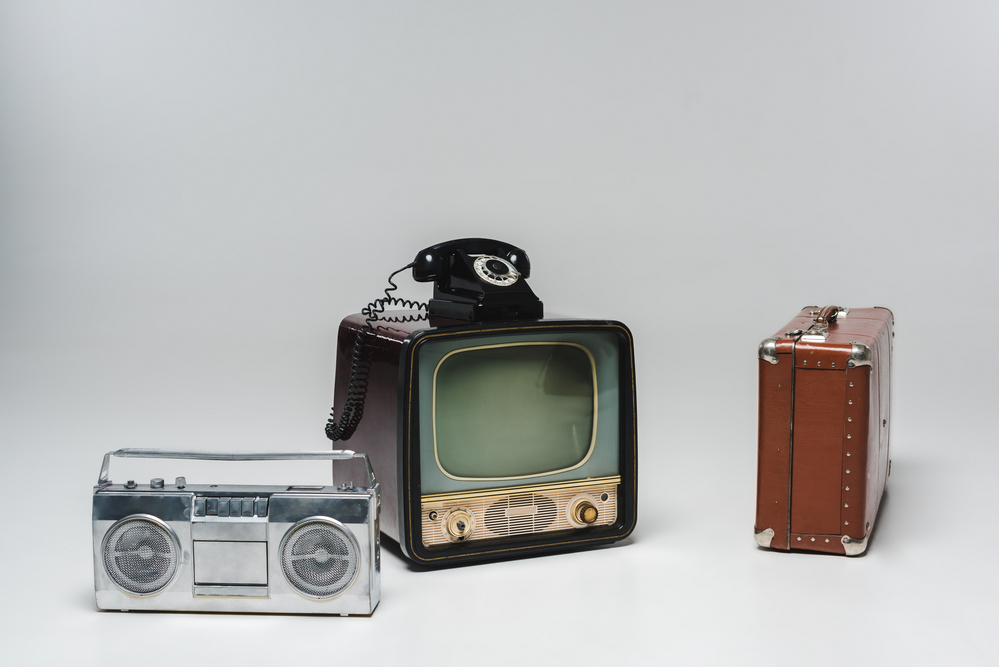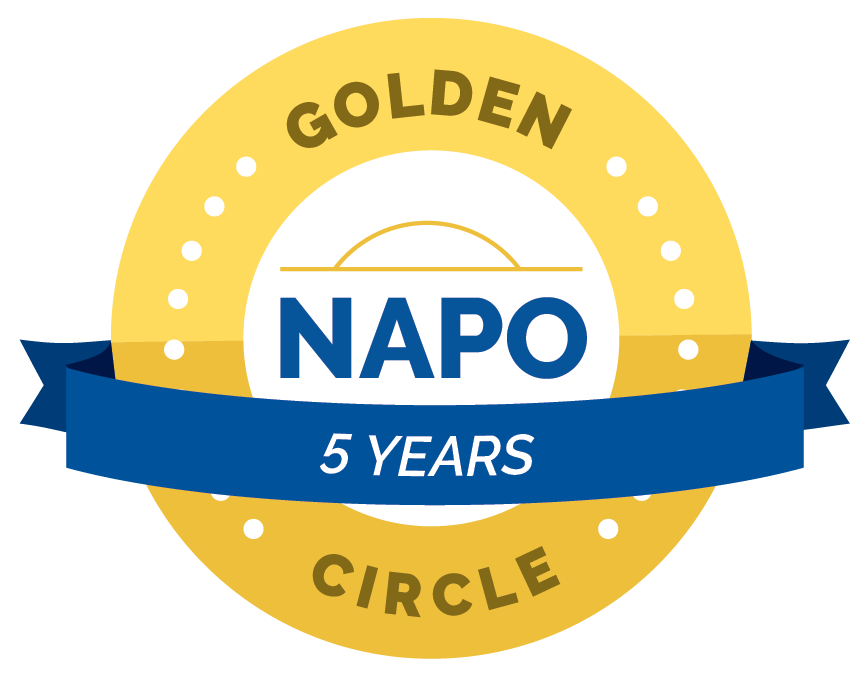
22 Apr The Key to Helping Clients Let Go
When people hear I’m a professional organizer, they automatically assume I make people get rid of things. On the contrary, if you love it, use it, need it and can justify keeping it, I won’t argue with you.
I don’t push people to get rid of things, but I will let them know when I think they have excess of an item, or I’ll ask them what they think and then tell them how I read their answer. For example, sometimes clients make a face which shows to me they don’t want it but there’s guilt behind the decision to let it go:
- But I paid good money and haven’t used it yet.
- My Aunt Mildred gave it to me and she’d roll over in her grave if she knew I was letting it go.
- I don’t want it to go in the trash, and I don’t think anyone will want it.
I read their facial expressions and body language, picking up what they are not saying and I share it with them. Many times they are relieved that I knew what they were really thinking and feeling, and agree to give up the object.
But the number one key in helping clients let items go is assuring them it’s going to a great new home where it will be used, appreciated and loved.
Not all professional organizers will agree to go to multiple donation locations like I do. But I, too, value sustainability and keeping items out of the landfill. I, too, want to give items the best chance at a new life. It takes more time in the long run but I feel good about it, and so do my clients.
Not everything is donatable to the local thrift store.
They really only take in what they can resell – meaning what is in demand. I’ve had old rotary phones, mink stoles, and old box cameras (that you look down into, like the Rolleiflex brand; but these were non-functional) to donate and the local thrift store would’ve turned those away. They are not items that people now-a-days want to purchase. But do you know where they found an incredible new home? At the local theater group! All three were featured in the spring show Bye Bye Birdie!

These are all items that would not sell at a thrift store but would be perfect as props with a local theater department.
Another great example are award trophies.
Often the trophies do not have a person’s name on them, so they are less inclined to keep them. Others think that no one will want the trophies so they’d better hold onto them. I even struggled with this many years ago, but made the decision that I didn’t need to keep the trophy so I donated it.
Now I have a great local connection who takes the trophies and gives them a great second life. When I tell my clients they get so excited they practically throw the trophies at me and then run off in search of any others that may be in other areas of the house.
We have a local middle school PE teacher who takes these trophies, deconstructs them, and rebuilds them into trophies to give to her students. She loves it, her kids love it, and more importantly my clients love it because the trophies have a second chance at life when they’ve been sitting for YEARS just gathering dust. The PE teacher also takes award ribbons and medals, repurposing them for her students.
It just goes to show that clients may not want the item, but they fear it won’t be loved like it was by them. When they find out there’s a great new opportunity awaiting the item, they become enthusiastic about donating it!
How did I find out about this PE teacher? By asking my neighbors on Nextdoor.com. So if you have an item that might not be right for your local thrift store, think outside the bin: ask your neighbors if they have any leads, and find great new homes for items. You wouldn’t believe the things I’ve given away for free on Nextdoor!
Today I’m headed to our local elementary school and SCRAP up in the city to drop remnants of arts supplies, scraps of fabric, crayons and small animal/sea life figurines, ribbons, and various other items that weren’t wanted but not really appropriate for the thrift store. These two organizations welcome me with open arms. Granted, I’ve built a relationship with them and they know I am bringing them quality items (never trash). I also tell them that I will take away anything they can’t use or don’t want to find another home for it – so there is no guilt or obligation associated with my donation.
Before you take items to a school, theater group or local artists depot – call and ask them what they can take.
I also ask people (at schools or local donation places) to tell me what they are looking for and help them locate items when I find them in clients’ homes. For example, our local elementary school was in desperate need of a new refrigerator. I posted the need to Nextdoor and several neighbors called the principal with offers. They had a new refrigerator within a week.
The bottom line is that it’s in our human nature to want to help others in our community (despite what may be happening in the news headlines). It’s a deep human desire that may be buried, but it is in us.
When called upon for action, we usually rise to the occasion. And when given an option where we know our items will be loved, used, needed and wanted, it makes it that much easier for us to let them go.
If you’re helping a loved one downsize, try this method. It requires a bit of research at first but you’ll notice they are much more open to donating when they know the items is going to a place where people will want it. I think this is often times why people want me to personally take their items home (clients offer this to me all the time, but it’s not allowed based on my code of ethics). They know me and trust me. They would be honored to have me take ownership of something they once loved. In very few instances I have purchased items from clients (which is allowed under the code of ethics) and I cherish those items. Whenever I use them, I think of my clients.
What’s your favorite donation resource? Please share with us below in the comments and tell us your location.
PS – Please note that if your name IS on the plaque of your trophy, it is very easy to remove. Take a flat head screwdriver and pry it from behind and it should pop off. Some older models have screws in them that you can remove with eyeglass screwdrivers, and others newer trophies usually have a sticker that looks like a metal plaque, which are the easiest to remove.





Lorielle Parvin
Posted at 15:50h, 16 AprilI have had good luck with donating all sorts of things to a local children’s home, especially those with teenagers:
arts and crafts supplies
sewing machine and fabric art supplies (yarn!!)
professional clothes (these older kids need something to wear to their job interviews and other important events)
bicycles (I’ll fix them with new brakes, brake lines, and gear changing cables, as well as tires and inner tubes as needed)
….et cetera. They’re really appreciative for any and all help!
I hadn’t thought of the trophy recycling – that’s a great idea! Thinking about it further, a local scout troop or summer camp for special needs children may be interested in them as well.
Lauren Mang
Posted at 15:48h, 18 AprilThanks Lorielle for your comment, and for reading this blog. Love all of these great suggestions!